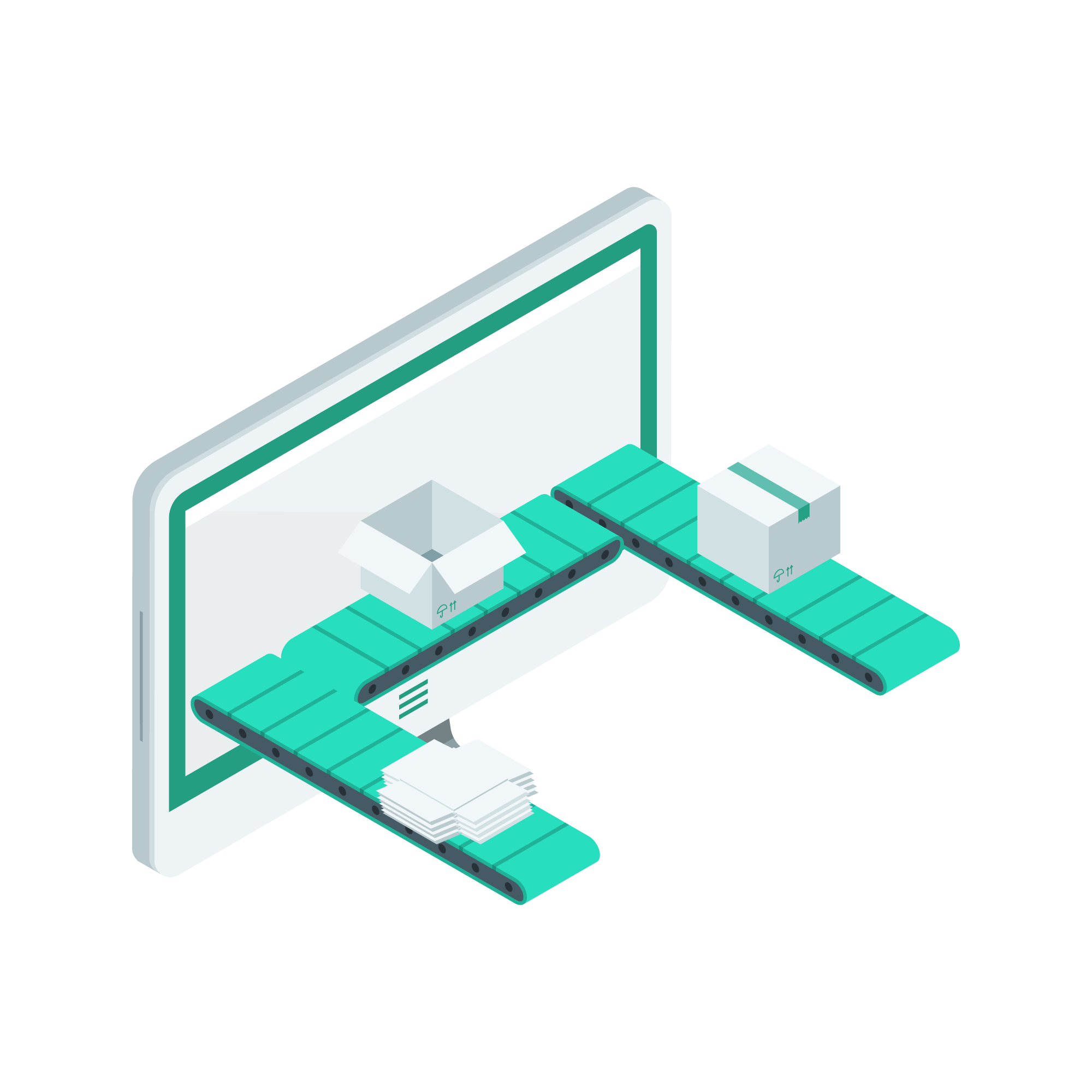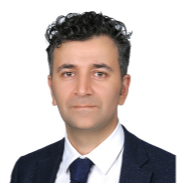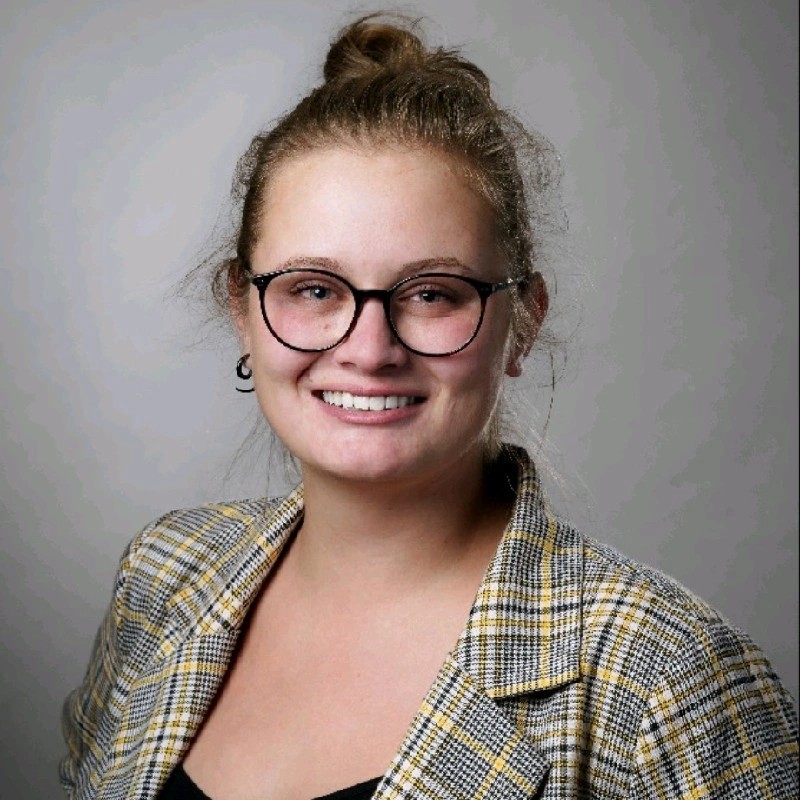The manufacturing sector continually faces production challenges to meet client demands, specific design requirements, and production efficiency. Customising solutions adds further complexity to the manufacturing process, as each client presents a unique set of constraints and production needs. Designing and planning these customised solutions is labour-intensive, often requiring multiple iterations and the processing of complex design files across various platforms.
Van den Bos CM & Van den Bos Robotics, leading suppliers of specialised transport systems for the corrugated fibre industry in the Netherlands, are encountering significant challenges in their design and quotation workflow. The need to customise transport system solutions for each client makes this process time-consuming and creates communication hurdles, ultimately reducing the company’s operational efficiency.
To address these inefficiencies, Van den Bos CM, Van den Bos Robotics, and FIP-AM@UT have joined forces to enhance the workflow through innovative digital simulation tools. The integration of advanced technology to streamline design exchanges and boost workflow efficiency offers a valuable opportunity to overcome these challenges.
The TransFORM project aims to optimise the workflow for designing and quoting custom cardboard transport systems at Van den Bos facilities. This involves a thorough examination of current workflow challenges, an exploration of potential solutions through market-ready and custom-developed software, and a strategic plan to incorporate simulation software into Van den Bos operations. The proof-of-concept simulation solution that emerges from this project is expected to significantly reduce the time required for design iterations and the quotation process by improving communication between engineers and clients. As a result, client satisfaction will be enhanced through faster and more accurate quotations.
In summary, the TransFORM project aims to revolutionise the custom transport system design process at Van den Bos, driving greater efficiency, communication, and client satisfaction through targeted technological innovation.











